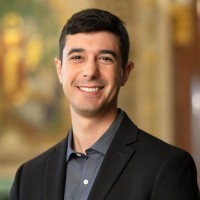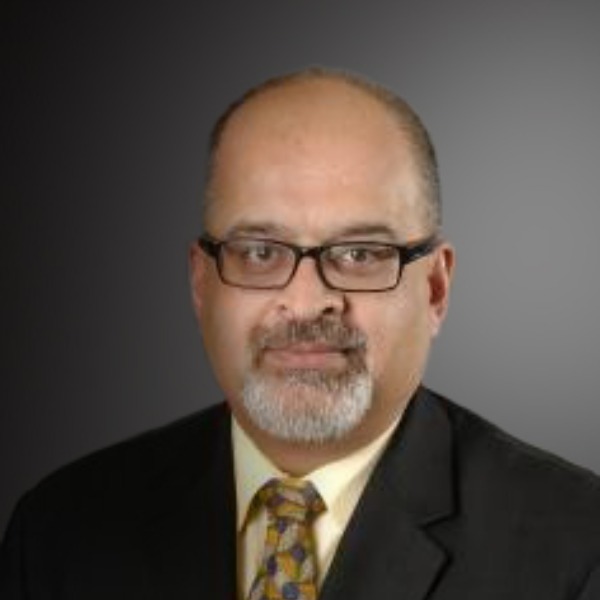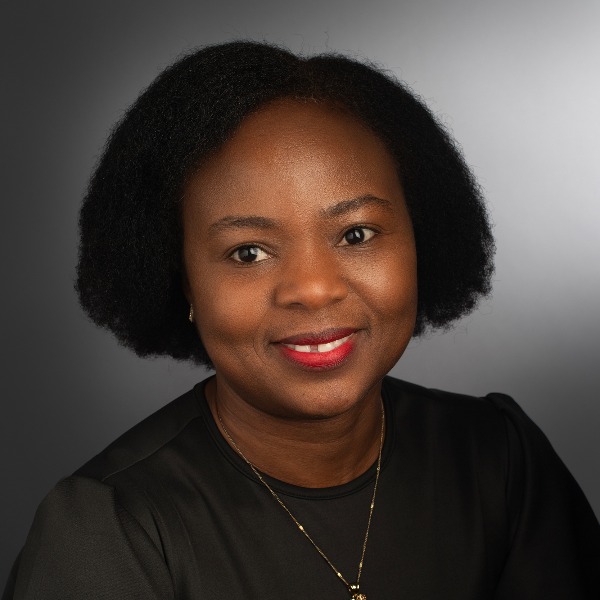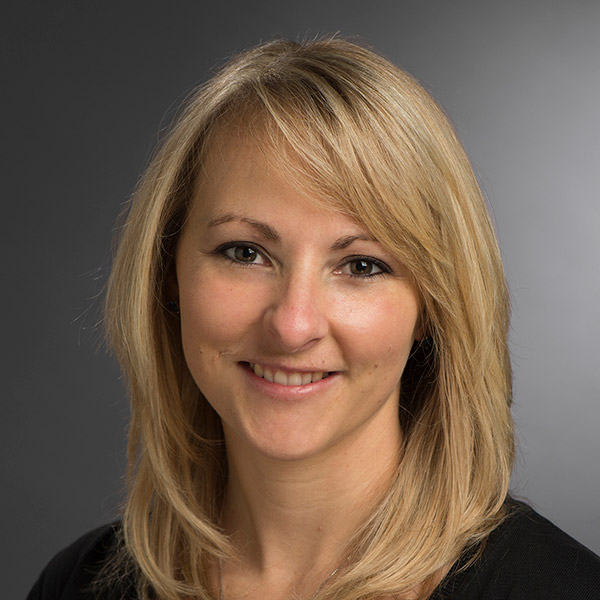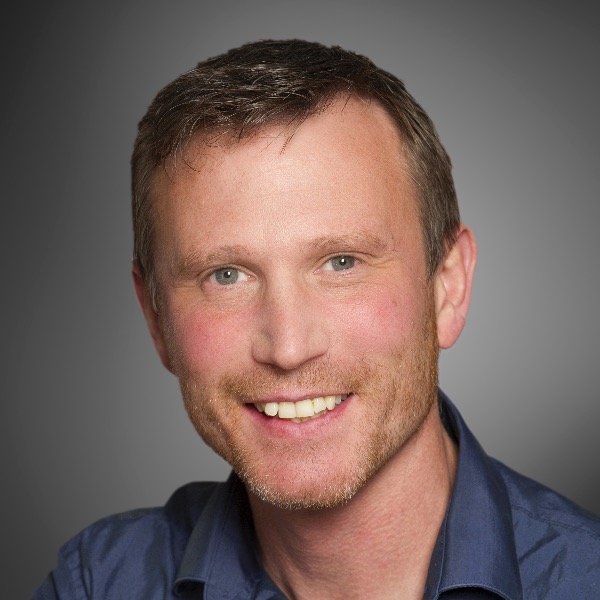Home Page


Applied
Critical Thinking
Do you have a teaching & learning activity that just does not seem to fit within traditional frameworks? Are you interested in trying something new? Are you attracted to breakout rooms, crucibles or immersive experiences? Learn More about Mind Fields
Eugene H. Fram Chair in Applied Critical Thinking
Eugene H. Fram
Professor Emeritus
Jennifer Schneider
Eugene Fram Chair
News on Critical Thinking
-
September 9, 2024
![Kerry Holiday, an middle aged african american male, sits on decorative cement steps in a black suit, black hat, and black and gray striped tie.]()
Upcoming lecture explores the social potential of artificial intelligence
Kerrie Holley, a pioneering force in technology and innovation, will headline the 2024 Eugene H. Fram Signature Lecture in Critical Thinking at RIT, offering insights on one of the more critical topics of our time: artificial intelligence.
-
September 25, 2023
![portrait of professor Natali Valdez.]()
Upcoming lecture explores how social and political factors impact scientific and medical innovation
Natali Valdez, assistant professor at Purdue University and Presidential Fellow at Yale University, will visit RIT to share her research on social and political factors surrounding maternal medical policy as the featured speaker for the 2023 Eugene H. Fram Signature Lecture in Critical Thinking.
-
July 19, 2023
![faculty member standing in a computer lab.]()
Faculty-researcher joins national organizations to help improve personal protective equipment
Jennifer Schneider, a faculty-researcher at RIT and expert in hazardous materials and community resilience, recently joined two national organizations to investigate and guide improved standards for use of personal protective equipment (PPE) and technologies.
-
February 23, 2023
![view down a neighborhood street with a plume of dark smoke in the background.]()
News10NBC Investigates: Train trouble. What happens if a train derails locally?
WHEC-TV talks to Jennifer Schneider, professor in the Department of Civil Engineering Technology, Environmental Management & Safety, about how a hazmat team responds to a train derailment.
Community of Practice
A critical thinker benefits from a clarity and an objectivity that helps strike the right emotional tone and lead an individual toward a positive outcome.
Critical thinking involves patiently sifting through permutations of possibilities to discover a best course—not just best in a mean/average sense, but taking into account how robust a choice might be to unexpected developments.
To me one of the greatest benefits of a college education is the accumulated experience one gets in critical thinking across all the courses they take regardless of the specific curriculum.
By probing how we think about thinking, we become better at making good decisions rapidly.
Critical thinking for an organization needs structure and facilitation, opportunity for dialogue, occasional conflict and lots of communication.
Taking the time to learn from each other and recognize what types of problems are being solved and in what ways can make you a better thinker and solver within your discipline.
Ideally students begin to see that their ideas only get better and more viable as they adapt them to critique and concerns from different points of view.
If you can’t define, analyze and critique games you can’t learn to make good ones, you can just hope you hit it lucky by accident.
Students spend a majority of their life outside the classroom, surrounded by opportunities to hold what they’re learning academically up to the complexities of their lives.
I would argue that the times during the day when you are thinking critical outweigh the times you are not – especially in academia – and especially in science.
In computer science we deal with many different algorithms to solve different problems, but it is very important to understand which algorithm is appropriate for a given problem.
By developing students’ critical thinking skills and creating opportunities for them to practice critical thinking while at RIT, they can be in a better position to consider the long-term impact of their design decisions.
This ability to create the failure of the design is more important than having it succeed.
When they are faced with a system design, students must think critically to first decompose the system into functional units and then draw from their toolbox to identify the correct components to meet the function of that unit.
Through students’ educational journey, they will encounter a rich diversity of knowledge, beliefs, and opinions that may be congruous or incongruous with theirs.
The ability to self-critique and self-correct one’s own solutions before acting on them is important in any field.
At every opportunity, I try to put students in the role of an industry professional approaching the problem.
We use a wide variety of activities to encourage students to draw connections among topics and to examine how they learn.
Applied critical thinking is a necessity for those to consider and offer honest perspectives on controversial topics that matter to them in today’s world
People with critical thinking abilities are readily adaptable when they face situations in which there are no clear-cut answers.
An important bridge between the humanities and science is critical thinking.
Critical thinking and data provide a way to distance yourself form your biases and examine problems more rationally.
Introducing students to the concepts and practices of applied critical thinking in their first semester at RIT is important for creating an early understanding that ACT is an expectation RIT community members have of one another.
Students learn it’s not about the end result, but the process they took to get there.
I love the diversity and variability that goes with tackling large scientific problems.
Critical engagement with a given topic is the first step in any creative process, from the design of a research project to a video game.
The best part of my job is to encourage overwhelmed students to think first and click second.
Critical thinking is the stepping back and seeing the big picture that enables the generation of new knowledge, making scientific progress without a roadmap.
The key to success is to realize that every solution and development impacts people in expected and unexpected ways. Questioning various perspectives and assumptions, hopefully, leads to better solutions.
Teaching the skills and knowledge to operate in a highly competitive environment allows for the opportunity to challenge thought and decision making.
Education should and can be a stimulating collaboration between knowledge seekers. The outcome can be a brilliant success or a dismal failure, but the learning and thinking process is always instructive for the participants.
The concept of critical making is oftentimes limited to the creation of physical components but in reality, it covers any way of turning abstract thoughts into organized elements that can be experienced by oneself and shared with others.










